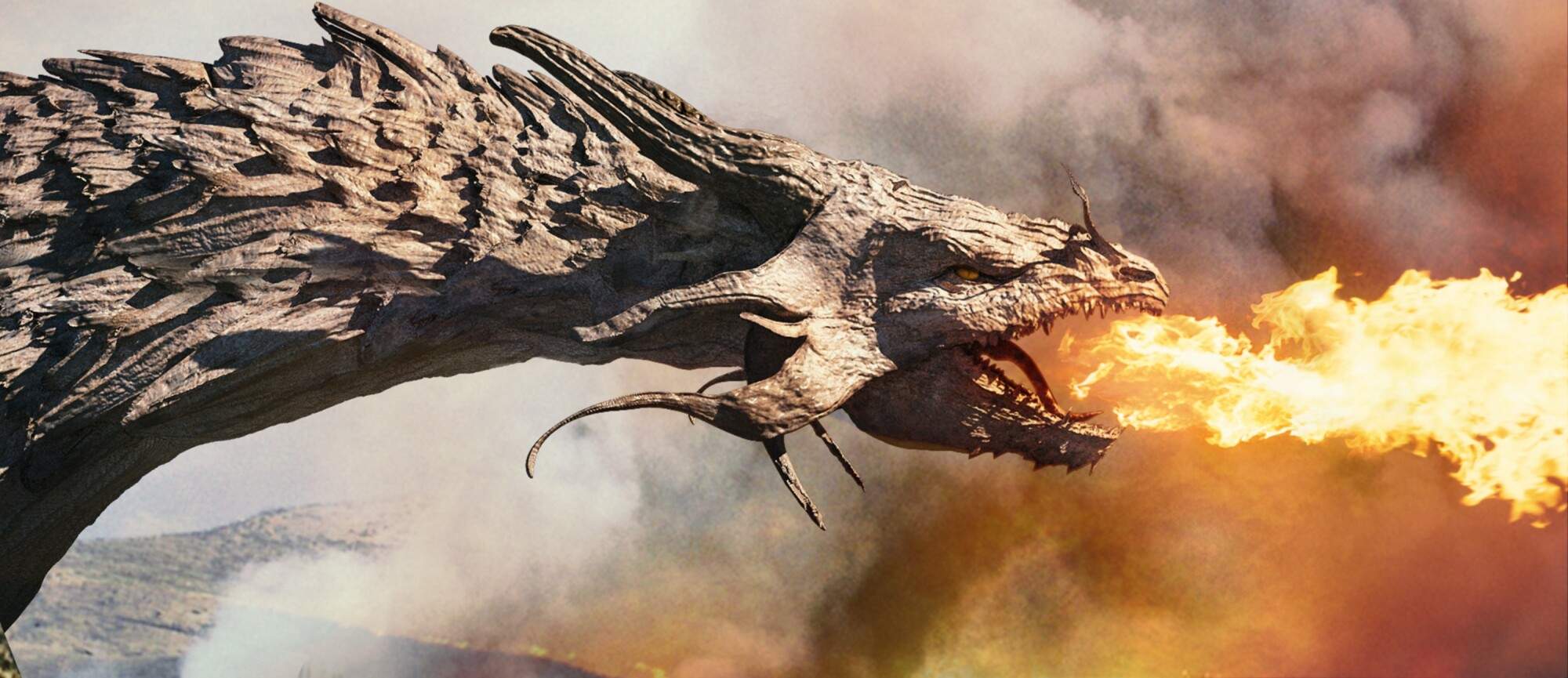
4 Mythical Creatures From Chinese Culture
The region we now know as China is one of the first places to develop complex human civilizations, with a recorded history stretching back about 5,000 years. With that lengthy history, China has some of the most intricate mythology and folklore of any place on earth.
Its mythical creatures are one manifestation of this heritage. We’re all familiar with the iconography of the Chinese dragon, at least in passing. Brave, powerful protectors that have historically served as symbols of the emperor’s authority. But Chinese mythology holds many more legendary creatures than the dragons we’re all familiar with.
Here are only a few other fascinating Chinese mythical creatures that deserve our attention.
1. The Gong Fu
We already touched on dragons in brief, but they don’t appear on this list because they are so well-known. Less famous, however, are the many dragon hybrids that populate Chinese mythology.
The Gong Fu is one such example, resembling a half-dragon, half-shrimp creature. According to legend, the Gong Fu was banished from heaven into a river and repressed under a giant turtle shell after it made a mistake. Although finally set free after a thousand years of imprisonment, the Gong Fu could never return to heaven again.
Instead, it would protect humanity from floods and water monsters as a sort of penance. It’s why, to this day, you can still find carvings of the Gong Fu on some bridges and drainage systems. By honoring the Gong Fu, people hope that he will continue to protect them from the hazards of the water.
2. The Fenghuang
The Fenghuang is sometimes called the Chinese Phoenix. It takes the form of a massive, colorful bird, and its power represented the five qualities most valued in ancient China: virtue, righteousness, courtesy, benevolence, and faith.
The Fenghuang would never visit dirty, corrupt, or chaotic places. Hence, when accounts report one appeared in the secular world during the reigns of The Yellow Emperor and King Shun, it served as a divine endorsement of their rule.
3. The Pixiu
Another hybrid creature, the Pixiu has the body of a lion, but the head and tail of a dragon. And after its cousin, the dragon, it’s one of the best-known mythical creatures in Chinese mythology.
Its popularity is such that you may have seen the Pixiu in art before but didn’t know its name. In imperial times, they were the guardians of heaven and were thus viewed as symbols of a mighty, invincible army. It’s why many ancient examples of Pixiu statues survive in notable historical sites.
But they were also viewed as bringers of wealth and good fortune, which is why they remain a popular motif to this day. To understand more about their significance in modernity, learn about Pixiu and how they are used today.
4. The Jiu Wei Hu
A more morally ambiguous figure is the Jiu Wei Hu, which appears as a nine-tailed fox with beautiful white fur. Despite that description though, they’re not to be trifled with. They’re known to howl like newborn babies so that they might lure well-meaning people to them and devour them.
They’re not all bad, however.
About 4,000 years ago, a Jiu Wei Hu is said to have helped Yu the Great, founder of the Xia Dynasty, meet his future queen. Since then, the Jiu Wei Hu has been regarded as a symbol of love, happiness, and prosperity.
Mythical Creatures Are Important Cultural Artifacts
Legendary creatures appear in every culture on earth. And often they take the form of a hybrid creature or otherwise reflect the real-life biodiversity of the region.
Early humans had little understanding of the world. So mythical creatures inspired by natural phenomena became symbols they could find meaning in. And for us, the creatures they imagined are a means to understand our ancestors and our origins.
But they’re only one aspect of understanding history and our world. For more ways to broaden your comprehension of this globe we share, be sure to keep up with our latest education posts.















